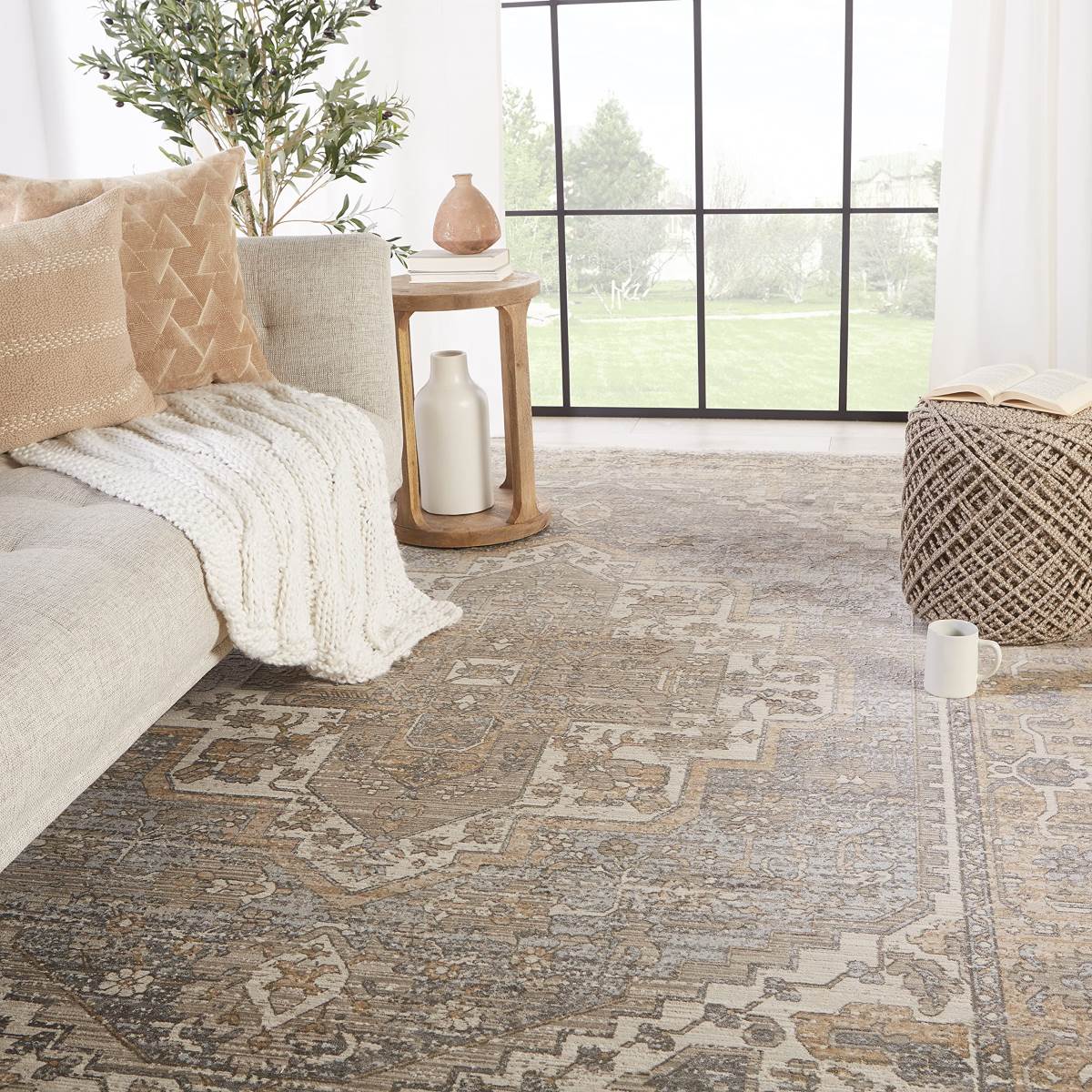

Articles
What Are Persian Rugs
Modified: January 9, 2024
Discover articles about Persian rugs and unravel the rich history, intricate designs, and expert craftsmanship behind these timeless treasures.
(Many of the links in this article redirect to a specific reviewed product. Your purchase of these products through affiliate links helps to generate commission for Storables.com, at no extra cost. Learn more)
Introduction
Persian rugs have been known for their beauty and craftsmanship for centuries. These intricate and luxurious floor coverings are highly sought after for their unique designs and superior quality. Originating from the ancient region of Persia, which is now modern-day Iran, Persian rugs have a rich history that spans thousands of years.
What sets Persian rugs apart is their meticulous hand-knotted construction, using techniques that have been passed down through generations. Each rug is a masterpiece, showcasing the skill and artistry of Persian weavers. In addition to their exquisite craftsmanship, Persian rugs are also prized for their durability and ability to withstand the test of time.
Furthermore, Persian rugs are more than just decorative items; they hold immense cultural significance. They are considered symbols of status and wealth and are often passed down as heirlooms from one generation to another. The designs and motifs found on Persian rugs often reflect the heritage and stories of the regions they come from, making them not just beautiful, but also meaningful pieces of art.
In this article, we will delve into the fascinating world of Persian rugs. We will explore their history, characteristics, materials used, weaving techniques, popular designs, collecting tips, and proper care. Whether you are an avid rug enthusiast or simply have an appreciation for fine craftsmanship, this article will provide you with valuable insights into the captivating world of Persian rugs.
Key Takeaways:
- Persian rugs are not just luxurious floor coverings; they are timeless works of art that encapsulate centuries of history, craftsmanship, and cultural significance, making them valuable investments and treasured heirlooms.
- Collecting Persian rugs offers a unique opportunity to immerse oneself in the captivating world of rug artistry, where each rug tells a unique story reflecting the region it comes from and the cultural influences that shaped its design.
Read more: What Are Persian Rugs Made Out Of
History of Persian Rugs
The history of Persian rugs dates back thousands of years, with the earliest evidence of rug weaving in ancient Persia dating back to around 500 BCE. The art of rug making flourished under various dynasties, including the Achaemenid Empire, Parthian Empire, and Sassanian Empire.
During the Islamic Golden Age, which spanned from the 8th to the 13th centuries, Persian rug weaving reached new heights. It was during this period that the intricate designs and intricate techniques that are still used today were developed. The rugs produced during this time were highly valued and often adorned the palaces of the ruling elite.
One of the most famous Persian rug styles, known as the “Garden design,” emerged during the Safavid dynasty in the 16th century. These rugs featured elaborate floral and botanical motifs and were highly sought after by collectors from Europe and Asia.
Throughout history, Persian rugs have been influenced by various cultural and artistic movements. For example, during the Mongol and Timurid invasions in the 13th and 14th centuries, Persian rugs began to incorporate geometric patterns and motifs, reflecting the influence of Central Asian art styles.
The Persian rug industry experienced a decline during the Qajar dynasty in the 18th and 19th centuries. This period saw an influx of cheaper, machine-made rugs from Europe, which threatened the traditional craft of hand-knotted Persian rugs. However, there was a resurgence in the early 20th century as rug merchants and collectors from around the world recognized the value and beauty of Persian rugs.
Today, Persian rugs continue to be highly valued and sought after. They are considered a symbol of luxury and elegance, gracing the homes of collectors, designers, and art enthusiasts worldwide. The centuries-old tradition of Persian rug weaving lives on, with skilled artisans preserving the craftsmanship and techniques passed down through generations.
Characteristics of Persian Rugs
Persian rugs are renowned for their distinct characteristics that set them apart from other types of rugs. These characteristics contribute to their timeless beauty and make them highly desirable among collectors and enthusiasts. Here are some notable features of Persian rugs:
- Intricate Designs: Persian rugs are famous for their intricate designs and patterns. From geometric shapes to floral motifs, these rugs showcase a wide range of artistic elements. The designs often convey cultural and symbolic meanings, reflecting the heritage and history of the region they originate from.
- Hand-Knotted Construction: Persian rugs are meticulously crafted using a hand-knotted technique. Skilled artisans tie individual knots onto the warp threads using a specialized tool called a loom. This labor-intensive process ensures durability and longevity.
- Natural Materials: Persian rugs are predominantly made from natural materials that contribute to their exceptional quality. The most common materials used include wool, silk, and cotton. Wool is preferred for its strength, durability, and ability to hold vibrant dyes.
- Dense Pile: Persian rugs often have a dense pile, which refers to the thickness and height of the fibers. This dense pile adds to the luxurious feel and durability of the rug. The level of pile can vary depending on the style, with some rugs featuring a low pile for a more intricate design.
- Rich Color Palette: Persian rugs are known for their rich and harmonious color palettes. Natural dyes extracted from plants, insects, and minerals are traditionally used to achieve vibrant hues. These natural dyes develop a beautiful patina over time, giving Persian rugs a unique and captivating aesthetic.
- Distinctive Borders: Many Persian rugs feature distinctive borders that frame the central design. These borders often consist of repeating patterns or motifs that complement the overall design of the rug.
- Unique Regional Styles: Persian rugs are produced in various regions of Iran, each with its own distinctive style. These regional styles include Tabriz, Kashan, Isfahan, and Heriz, among others. Each style is characterized by specific design elements, color schemes, and motifs.
These characteristics make Persian rugs not only visually stunning but also valuable and durable. Whether used as a centerpiece in a living room or displayed as an exquisite piece of art, Persian rugs add beauty, warmth, and a touch of luxury to any space.
Materials Used in Persian Rugs
Persian rugs are known for their exceptional quality and durability, which can be attributed to the careful selection of materials used in their construction. Skilled artisans handcraft these rugs using natural materials that contribute to their unique characteristics and longevity. Here are the primary materials used in Persian rugs:
- Wool: Wool is the most common material used in Persian rugs. It is highly prized for its durability, resilience, and natural stain resistance. The high lanolin content in wool makes it water-resistant, ensuring that Persian rugs can withstand everyday use and maintain their beauty for generations.
- Silk: Silk is often used as a luxurious accent in Persian rugs, adding a soft and lustrous touch to the design. Silk fibers are incredibly delicate and known for their sheen and intricate detailing. Silk Persian rugs are highly valued for their delicate craftsmanship and ethereal beauty.
- Cotton: Cotton is used as the foundation material in Persian rugs. It forms the warp and weft threads, providing structural support and stability. Cotton is chosen for its strength, flexibility, and ability to hold the weight of the wool or silk pile. The cotton foundation ensures that the rug retains its shape and durability over time.
- Natural Dyes: Persian rugs are traditionally dyed using natural substances derived from plants, insects, and minerals. These natural dyes create a wide range of rich and vibrant colors that are known for their beauty and ability to age gracefully. Natural dyes also contribute to the overall authenticity and value of Persian rugs.
The quality of the materials used in Persian rugs is of utmost importance. Skilled weavers carefully source the finest wool and silk to ensure the rugs’ longevity and exceptional appearance. The type and quality of the materials used can significantly impact the rug’s value, with higher-quality materials commanding a higher price.
It is worth mentioning that counterfeit Persian rugs may be made using synthetic materials such as acrylic or polyester. These rugs do not possess the same level of durability, aesthetic appeal, or value as authentic Persian rugs made from natural materials. Therefore, it is essential to purchase Persian rugs from reputable sources to ensure their authenticity and quality.
With their use of high-quality natural materials, Persian rugs are not only visually stunning but also durable investments that can be enjoyed for a lifetime.
Techniques of Weaving Persian Rugs
The weaving techniques used in creating Persian rugs are a testament to the skill and artistry of the craftsmen. These time-honored techniques have been passed down through generations and continue to be employed today. The following are some of the key weaving techniques used in the creation of Persian rugs:
- Hand-Knotting: Hand-knotting is the most prevalent technique used in weaving Persian rugs. It involves individually tying knots of thread around the warp yarns to create the pile. The knot density and the intricacy of the design determine the quality and value of the rug. The two primary types of knots used in Persian rug weaving are the asymmetrical (Persian) knot and the symmetrical (Turkish) knot.
- Warp and Weft: Persian rugs have a strong foundation composed of warp and weft threads. The warp threads are tightly stretched on the loom and serve as the vertical framework for the rug. The weft threads are woven horizontally between the rows of knots and intersect the warp threads, securing them in place. The use of high-quality, strong cotton for the warp and weft ensures the rug’s durability.
- Pile Shearing: Once the knots are tied and the rug is complete, the pile is sheared to create an even and uniform surface. The pile is carefully trimmed to achieve the desired height and smoothness. Pile shearing adds to the rug’s aesthetic appeal and texture.
- Design and Pattern Placement: Persian rugs feature intricate designs and patterns that require careful planning and precision. The skilled weaver follows a detailed pattern, often working from a design chart, to ensure the accurate placement of each motif and color. This attention to detail results in the flawless execution of the rug’s design.
- Border Weaving: Borders are an essential feature of Persian rugs and require special attention during the weaving process. The weaver ensures that the border motifs align and flow seamlessly around the edges of the rug. Border weaving requires precision and meticulousness to maintain the rug’s symmetry and balance.
The intricate hand-knotting technique used in Persian rug weaving is what sets these rugs apart and contributes to their exceptional quality and value. The process requires skill, patience, and a deep understanding of the intricate designs and patterns. Each rug is a unique work of art, woven by the hands of master craftsmen who take pride in their craft.
The result is a beautifully woven Persian rug that not only showcases the weaver’s expertise but also reflects the rich cultural heritage and artistic traditions of Iran.
When shopping for Persian rugs, look for hand-knotted rugs made from high-quality wool or silk. Check the knots per square inch and look for intricate designs and vibrant colors for authenticity.
Read more: How To Value Persian Rugs
Popular Designs of Persian Rugs
Persian rugs are known for their stunning designs, which have captivated art enthusiasts and collectors around the world. These designs are a reflection of the rich history, cultural traditions, and artistic influences of the regions where they are crafted. Here are some of the most popular designs of Persian rugs:
- Herati: The Herati design is a classic and timeless pattern that originated in the ancient city of Herat in western Afghanistan. It features a central floral medallion surrounded by intricate curved leaves or fish-like motifs known as “Herati fish.” This design is often seen in Persian rugs and represents eternal beauty and harmony.
- Medallion: The medallion design is one of the most widely recognized motifs in Persian rugs. It showcases a large circular or diamond-shaped centerpiece, often surrounded by intricate geometric or floral patterns. The medallion design adds a focal point to the rug and creates a sense of balance and symmetry.
- Tree of Life: The Tree of Life design represents the cycle of life, fertility, and immortality. It features a central tree motif with branches extending outward, often accompanied by birds, animals, or flowers. The Tree of Life design is symbolic and can vary in style and interpretation across different Persian rug regions.
- Garden Design: The Garden design is a highly sought-after motif in Persian rugs. It depicts lush botanical elements, such as flowers, trees, and vines, arranged in a harmonious and symmetrical pattern. These rugs often evoke a sense of serenity and beauty, reminiscent of a flourishing Persian garden.
- Qashqai: The Qashqai design is characterized by bold geometric patterns, vibrant colors, and tribal motifs inspired by the nomadic Qashqai tribes of Iran. These rugs often incorporate diamond-shaped medallions, geometric borders, and stylized animals or tribal symbols. Qashqai rugs exude a rustic and rugged charm, reflecting the nomadic heritage of the weavers.
- Kashan: The Kashan design is known for its intricate floral motifs and elegant color combinations. These rugs often feature a central medallion surrounded by delicate flowers, vines, and intricate arabesque patterns. Kashan rugs are highly regarded for their craftsmanship and are considered among the finest examples of Persian rug weaving.
These are just a few examples of the many exquisite designs found in Persian rugs. Each region and even specific villages within those regions may have their own unique designs and motifs, adding to the diverse and rich tapestry of Persian rug artistry.
When selecting a Persian rug, it is important to consider the design that best resonates with your aesthetic preferences and complements your living space. Whether you prefer traditional or more contemporary styles, there is a Persian rug design that will bring beauty, character, and a touch of history to any room.
Collecting Persian Rugs
Collecting Persian rugs can be a rewarding and enriching experience for art enthusiasts and rug connoisseurs. Each rug tells a unique story and carries the rich cultural heritage of Iran. If you’re interested in starting a Persian rug collection, here are some tips to guide you:
- Educate Yourself: Before diving into the world of Persian rug collecting, take the time to educate yourself about the various styles, designs, and characteristics of Persian rugs. Learn about different weaving techniques, regional styles, and the symbolism behind certain motifs. Enhancing your knowledge will help you make informed decisions when selecting rugs for your collection.
- Choose Reputable Sellers: When purchasing Persian rugs, always buy from reputable sellers who guarantee the authenticity and quality of their rugs. Look for established rug dealers, galleries, or auction houses that specialize in Persian rugs. This ensures that you are buying genuine, handmade pieces and not counterfeit or machine-made imitations.
- Consider Rug Condition: When collecting Persian rugs, consider the condition of the rug. Antique rugs may show signs of wear, but they can still be valuable and desirable if the wear is consistent with their age. However, if you’re looking for a rug in pristine condition, focus on more recently made rugs or those labelled as “new.” Be sure to inspect the rug thoroughly for any damage or repairs that may affect its value.
- Explore Different Styles and Sizes: Persian rugs come in a range of styles, sizes, and designs, providing you with countless options to choose from. Explore different regions and their unique styles, such as Tabriz, Kashan, or Isfahan. Consider the size of the rug and how it will fit into your space. Whether you prefer a large room-sized rug or a smaller accent piece, there is a Persian rug to suit every collector’s taste.
- Appreciate the Craftsmanship: Persian rugs are not only beautiful works of art but also products of intricate craftsmanship and dedication. Take the time to appreciate the details, the precision of the knots, and the quality of materials used. Understanding and valuing the craftsmanship behind each rug will deepen your appreciation as a collector.
- Preserve and Protect: Proper care and maintenance are crucial to preserving the beauty and longevity of your Persian rug collection. Avoid placing rugs in high-traffic areas or areas exposed to direct sunlight, as this can cause fading and wear. Regularly clean and rotate your rugs to distribute foot traffic and prevent uneven wear.
Collecting Persian rugs is a journey that combines art appreciation, cultural exploration, and a passion for quality. With time and knowledge, a Persian rug collection can become a cherished and valuable asset, representing both a personal and artistic investment.
Remember, the joy of collecting Persian rugs lies not only in the aesthetics but also in the stories woven into each rug. Every Persian rug becomes a part of your personal narrative, bringing beauty, history, and a touch of Persian culture into your life.
Caring for Persian Rugs
Persian rugs are not just decorative pieces; they are investments that require proper care and maintenance to preserve their beauty and extend their lifespan. Here are some essential tips for caring for your Persian rugs:
- Vacuum Regularly: Regular vacuuming is crucial to remove dust, dirt, and debris that can accumulate in the rug’s fibers. Use a vacuum cleaner with a brush attachment and gently vacuum in the direction of the pile to avoid causing damage.
- Rotate Periodically: To prevent uneven wear, rotate your Persian rug every six months or so. This helps distribute foot traffic and sun exposure more evenly across the rug’s surface.
- Protect from Sunlight: Prolonged exposure to direct sunlight can cause fading and damage to the colors of your Persian rug. Use curtains, blinds, or UV-blocking window film to protect your rug from the sun’s harmful rays.
- Spot Clean Immediately: Accidents happen, and when spills occur on your Persian rug, it is important to act quickly. Blot the spill with a clean, white cloth to absorb as much liquid as possible. Avoid rubbing or scrubbing, as it can damage the fibers. Consult a professional rug cleaner for stubborn stains.
- Professional Cleaning: Regular professional cleaning is recommended to maintain the longevity and freshness of your Persian rug. Professional cleaners have the expertise and equipment to deep-clean and remove embedded dirt and stains without causing damage to the rug’s fibers.
- Use Rug Pads: Placing a rug pad underneath your Persian rug provides extra cushioning, helps prevent slipping, and reduces wear and tear. Rug pads also allow for better air circulation, which helps prevent moisture buildup and the growth of mold and mildew.
- Avoid Heavy Furniture: Avoid placing heavy furniture directly on your Persian rug, as it can cause permanent indentations. Use furniture coasters or leg protectors to distribute the weight and minimize damage.
- Handle with Care: When moving or rearranging your Persian rug, avoid pulling or tugging on the fibers. Lift the rug carefully or roll it up to avoid straining the delicate weaving.
- Store Properly: If you need to store your Persian rug, roll it up with the pile facing inward and secure it with cotton fabric or acid-free paper. Store it in a cool, dry place away from direct sunlight to prevent discoloration and damage.
By following these care tips, you can ensure that your Persian rug remains in excellent condition for years to come. Regular cleaning, proper maintenance, and avoiding potential damage will help preserve the rug’s colors, patterns, and overall beauty, allowing you to enjoy its timeless elegance for generations.
Conclusion
Persian rugs are more than just lavish floor coverings; they are works of art that encapsulate centuries of history, craftsmanship, and cultural significance. From their intricate designs and impeccable weaving techniques to their use of natural materials and rich color palettes, Persian rugs are a testament to the unparalleled skill and artistry of Iranian artisans.
Collecting Persian rugs offers a unique opportunity to immerse oneself in the captivating world of rug artistry. Each rug has its own story to tell, reflecting the region it comes from and the cultural influences that shaped its design. Whether you are interested in the opulent medallion patterns of Tabriz or the bold tribal motifs of Qashqai, there is a Persian rug to suit every taste and style.
Proper care and maintenance are essential to ensure the longevity and beauty of Persian rugs. Regular vacuuming, rotation, and professional cleaning will help maintain their vibrancy and freshness. By following these care tips, you can preserve the investment value of your rugs and pass them on as treasured heirlooms to future generations.
Persian rugs truly bring a touch of luxury, warmth, and cultural heritage to any space they grace. Whether you choose to showcase them as exquisite pieces of art or incorporate them into a well-designed interior, Persian rugs will undoubtedly enhance the aesthetic appeal and create an atmosphere of elegance and sophistication.
So, immerse yourself in the world of Persian rugs, explore the myriad of designs and styles, and delight in the rich history and cultural heritage they represent. As you embark on your journey of collecting and caring for Persian rugs, you will not only enhance your living space but also acquire a unique and valuable expression of artistry and craftsmanship that will be cherished for years to come.
Frequently Asked Questions about What Are Persian Rugs
Was this page helpful?
At Storables.com, we guarantee accurate and reliable information. Our content, validated by Expert Board Contributors, is crafted following stringent Editorial Policies. We're committed to providing you with well-researched, expert-backed insights for all your informational needs.
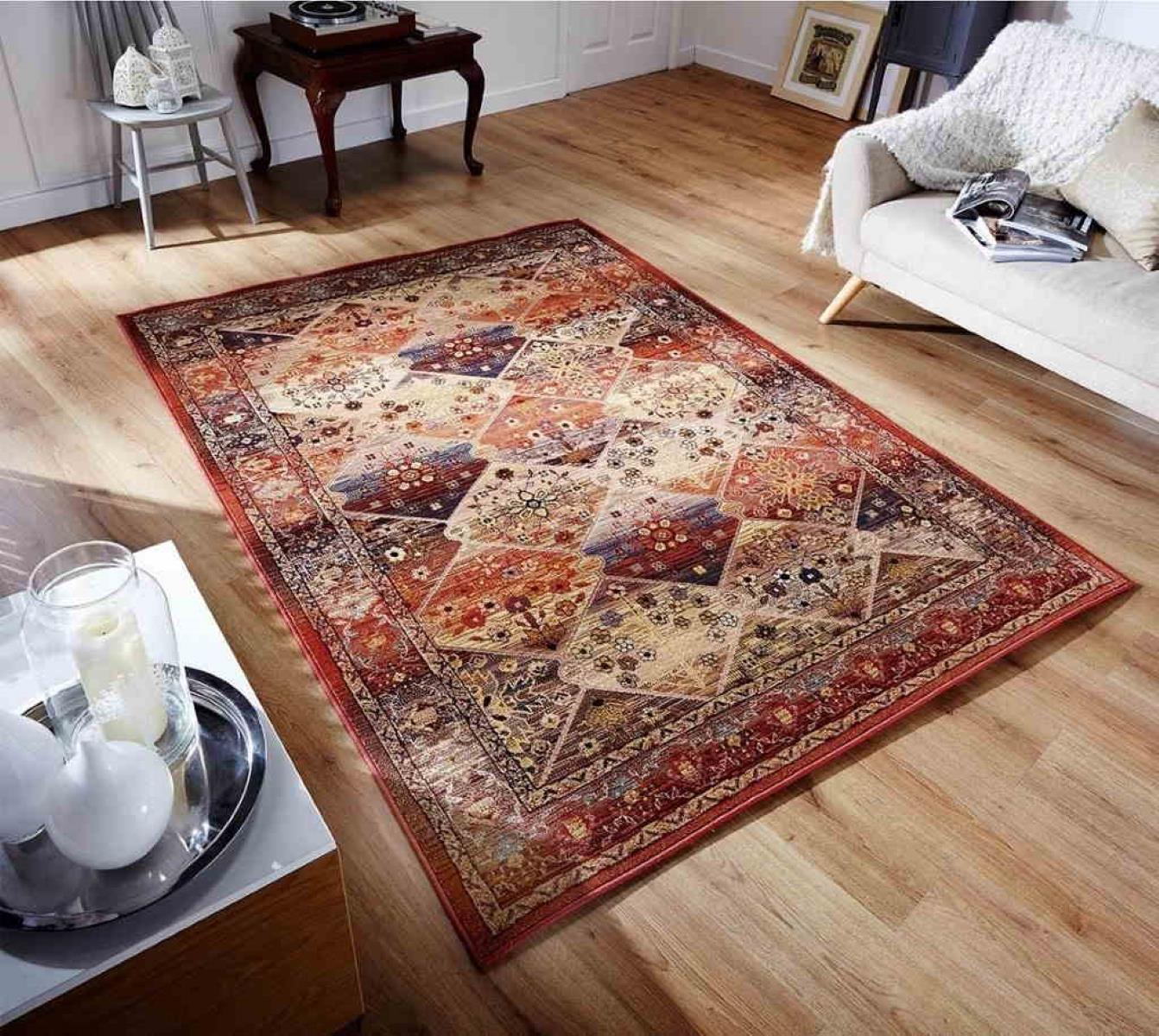
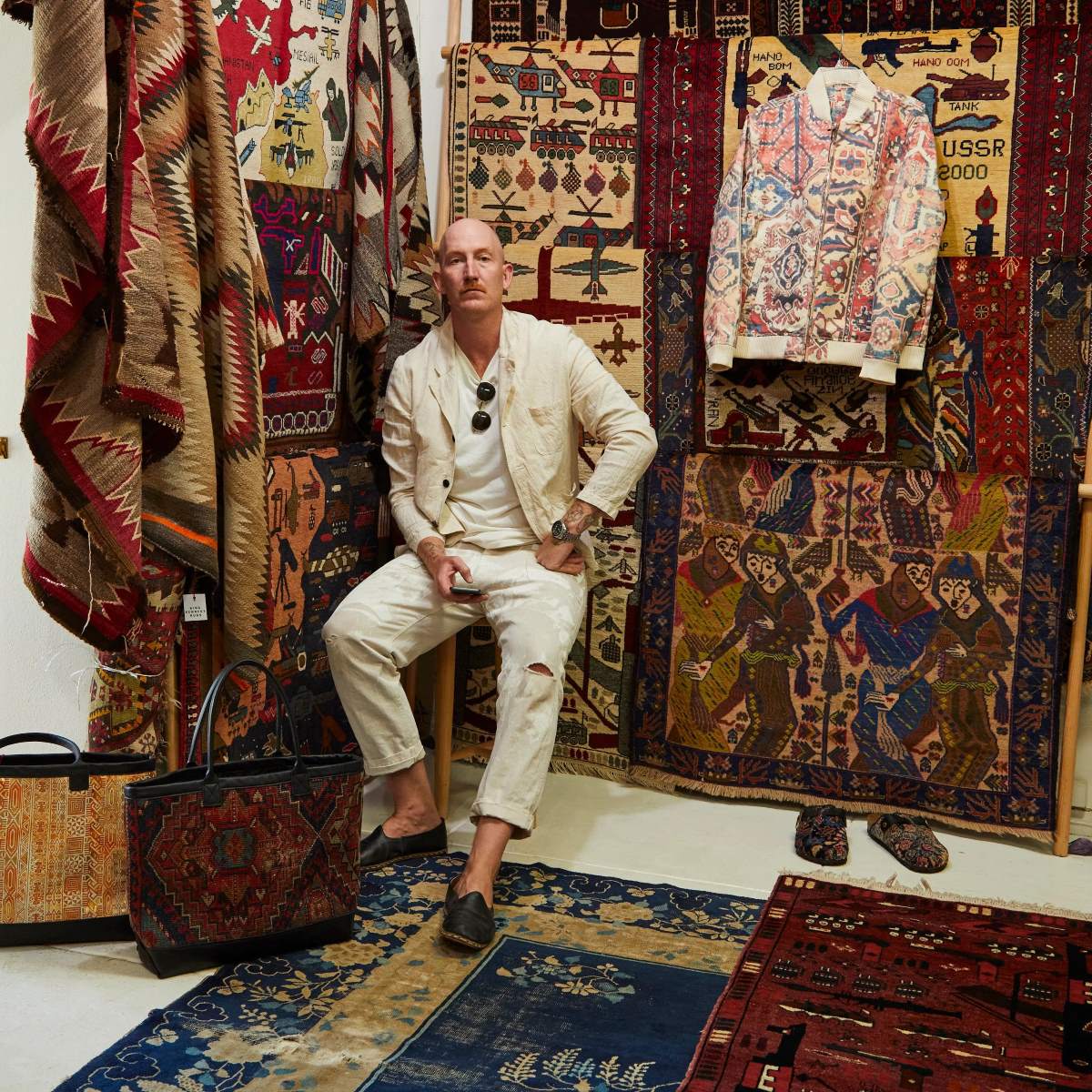
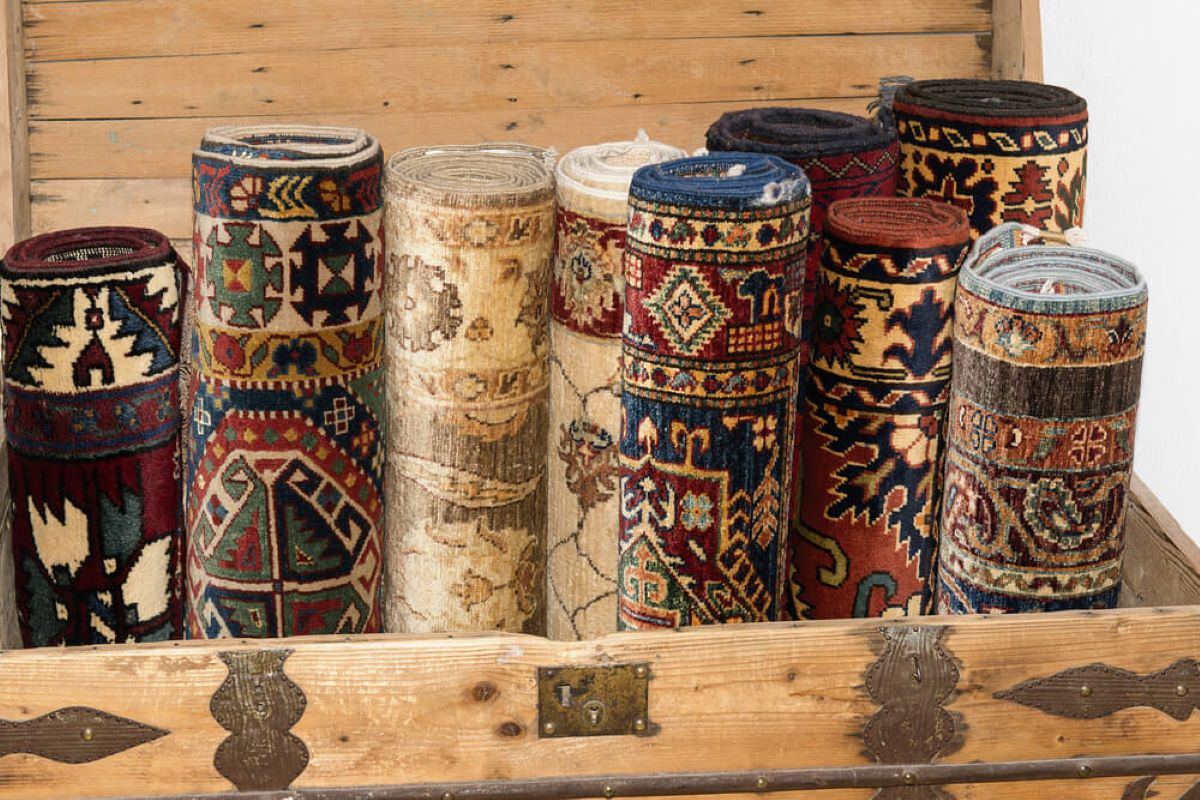
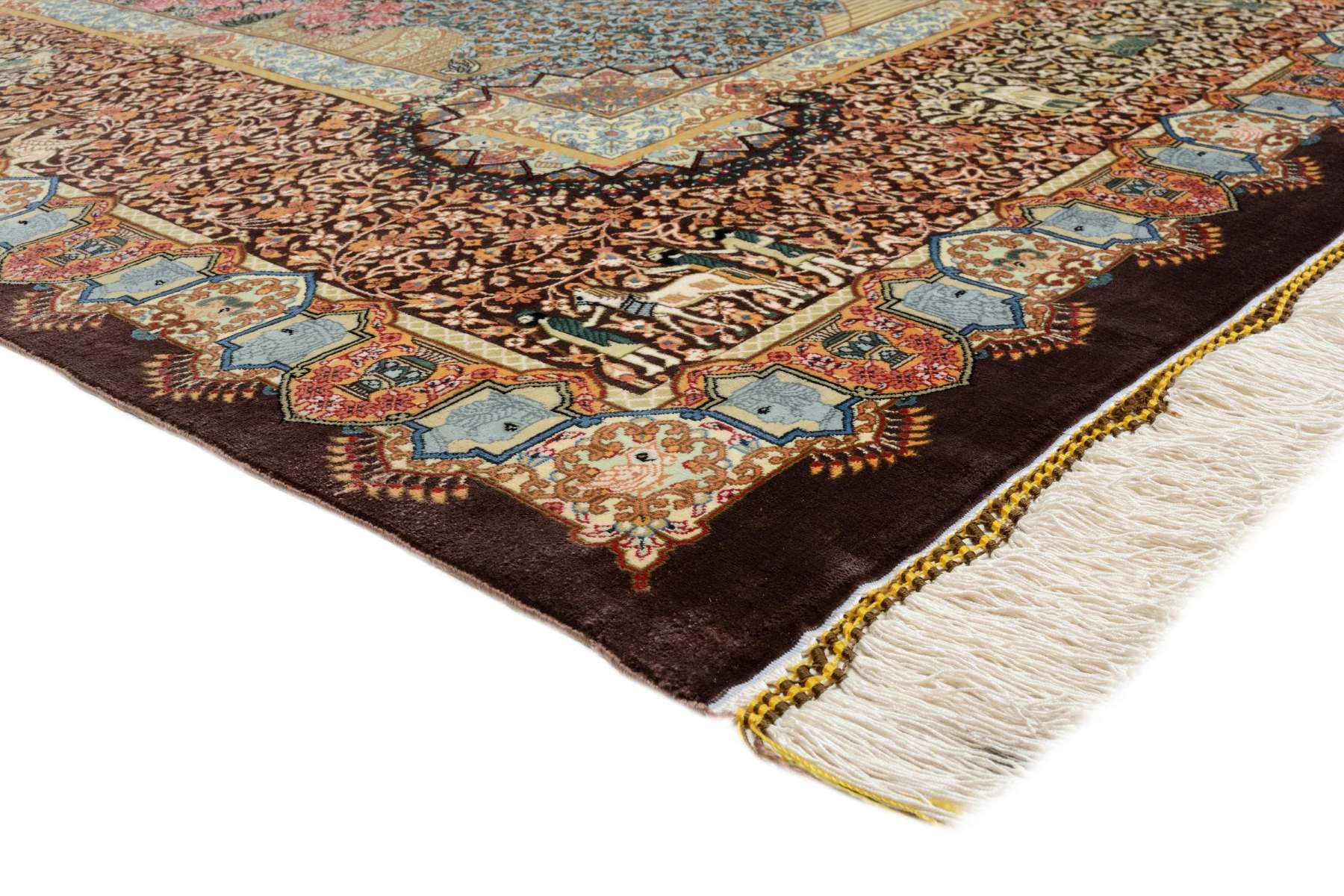
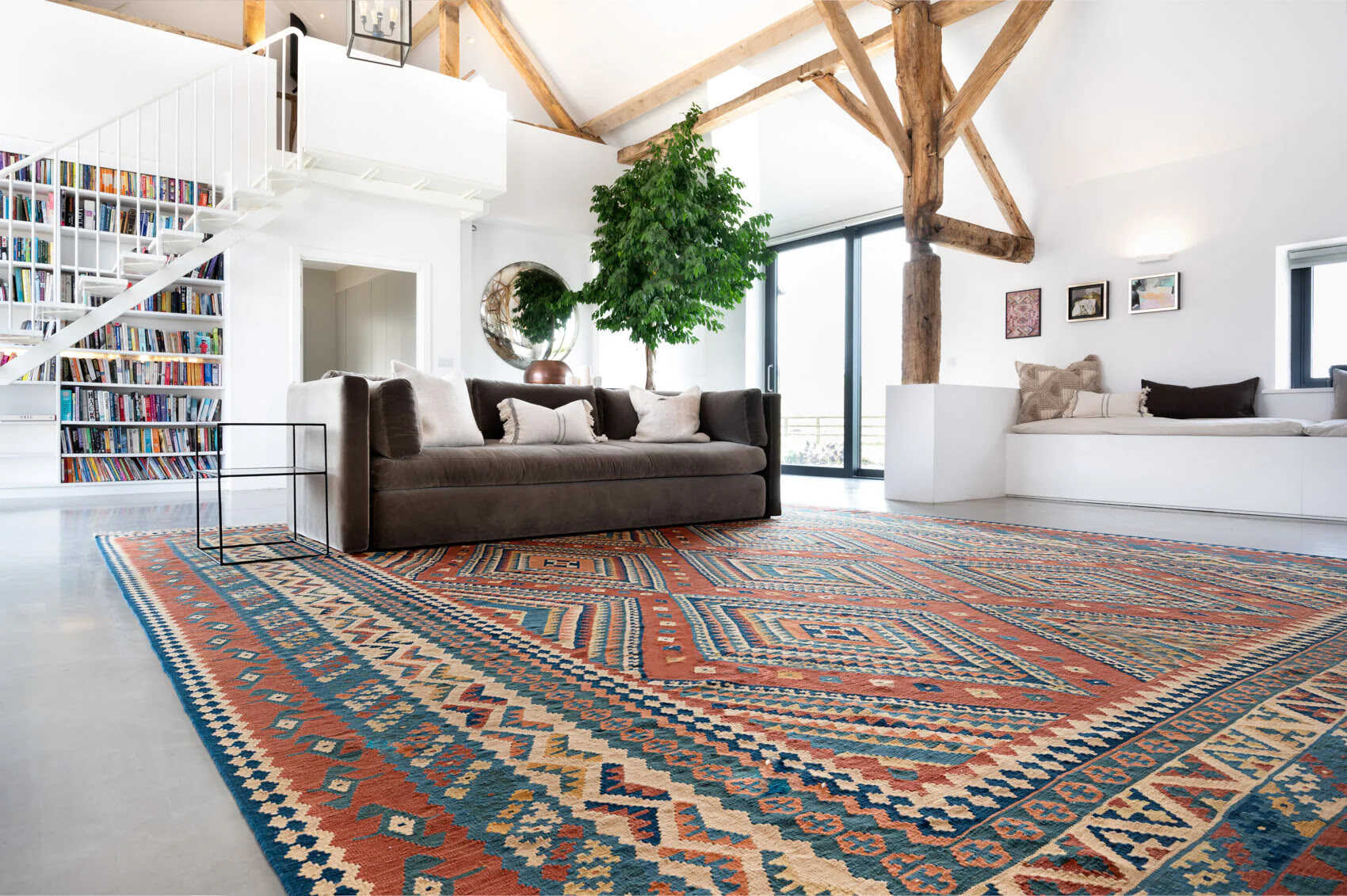
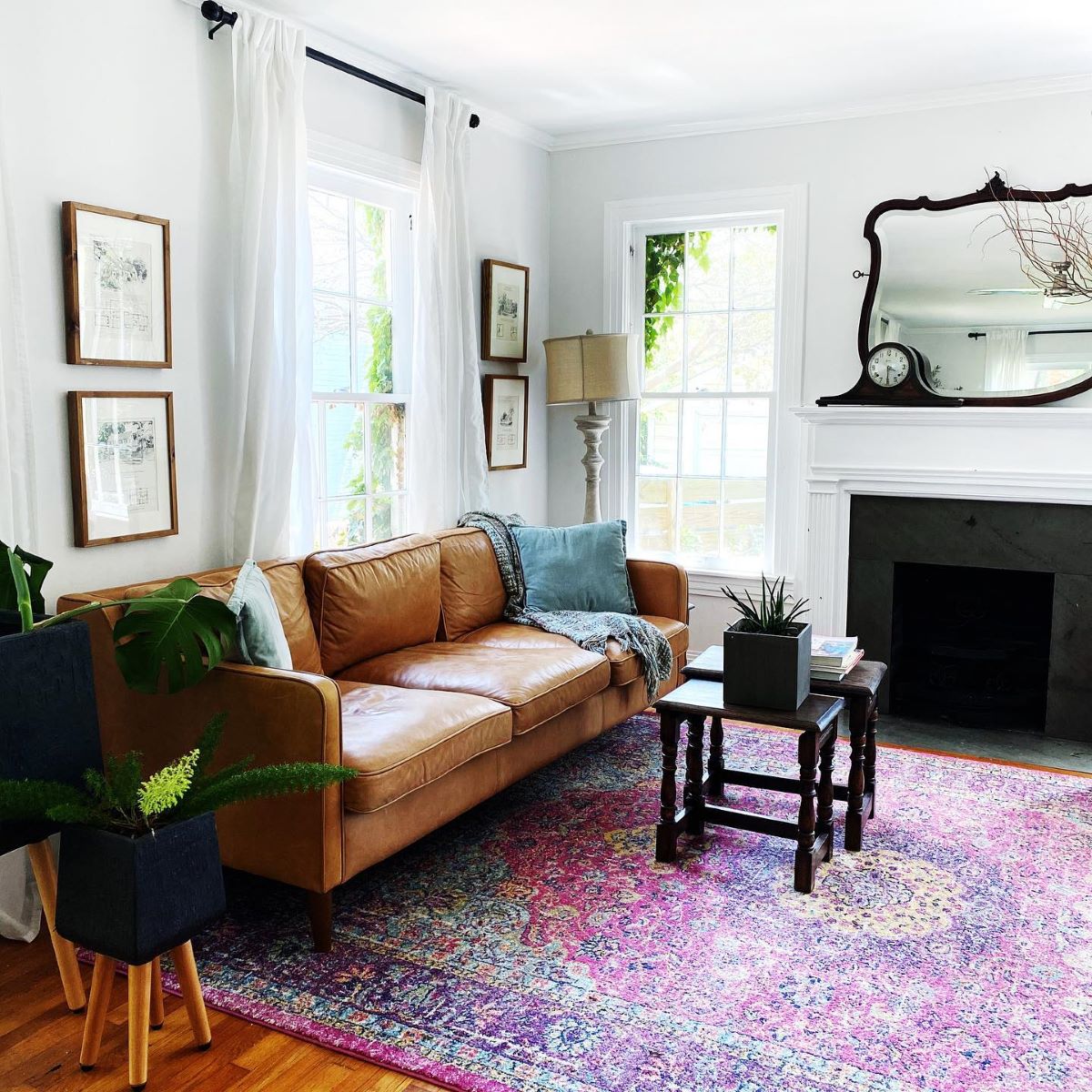
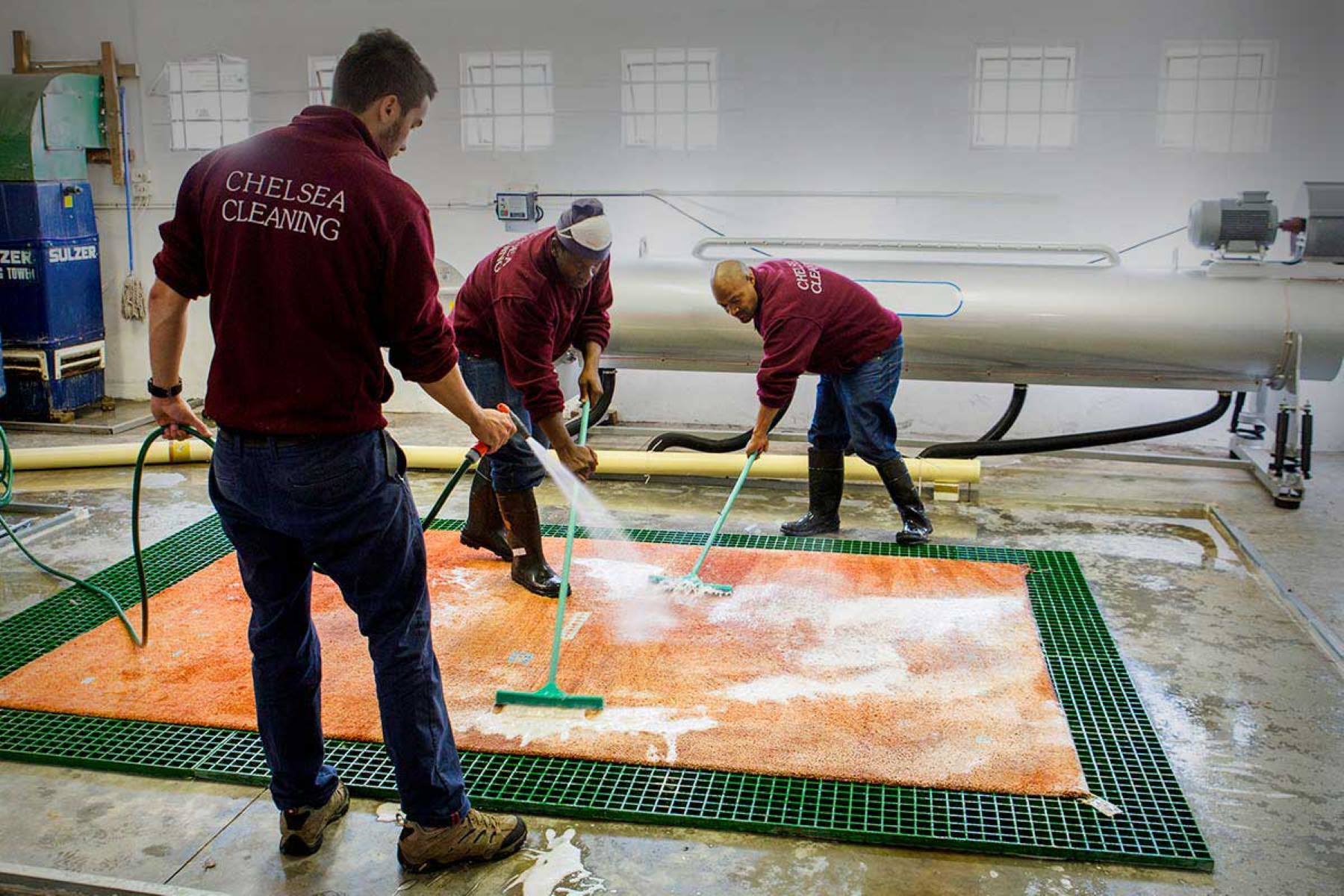
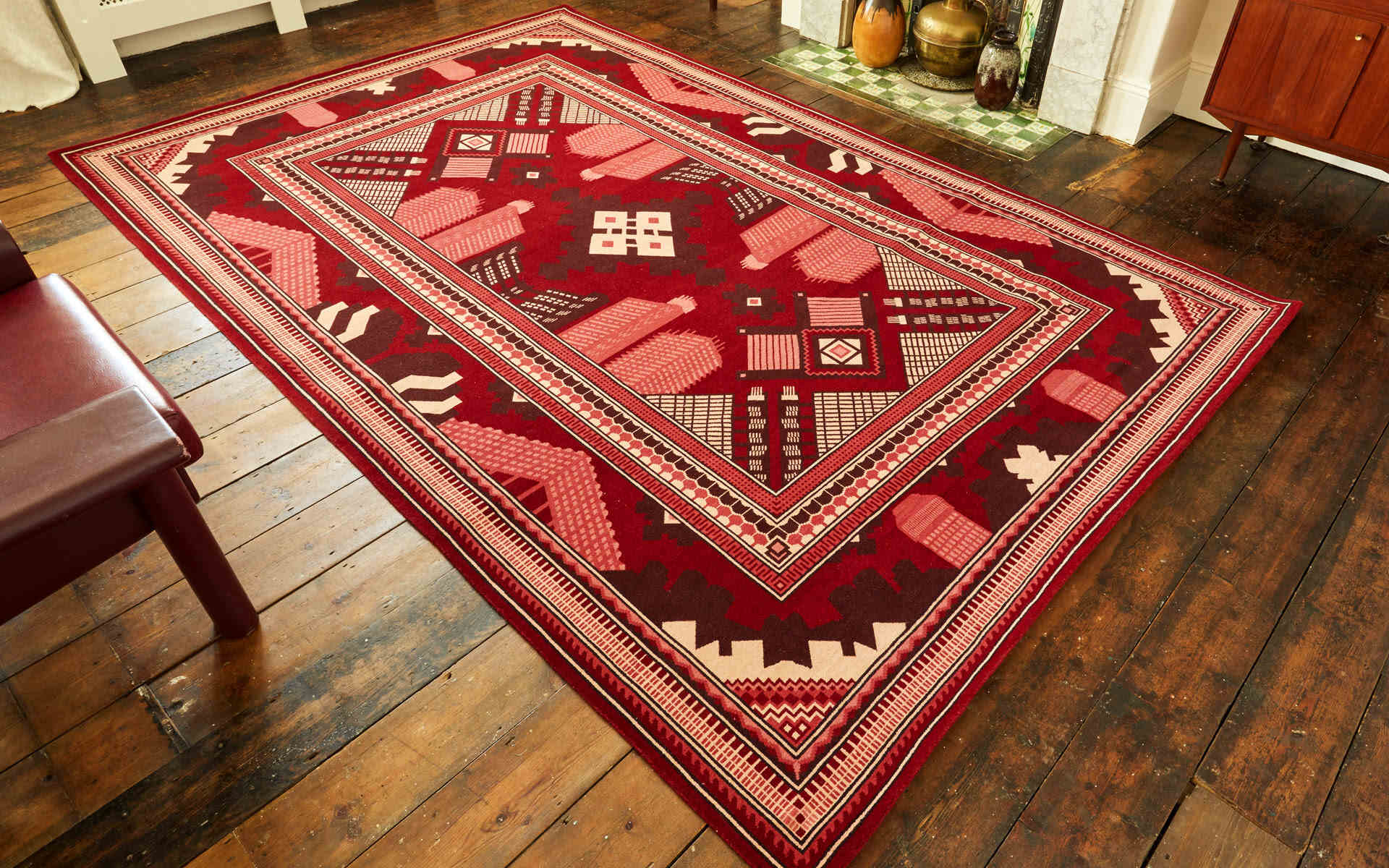
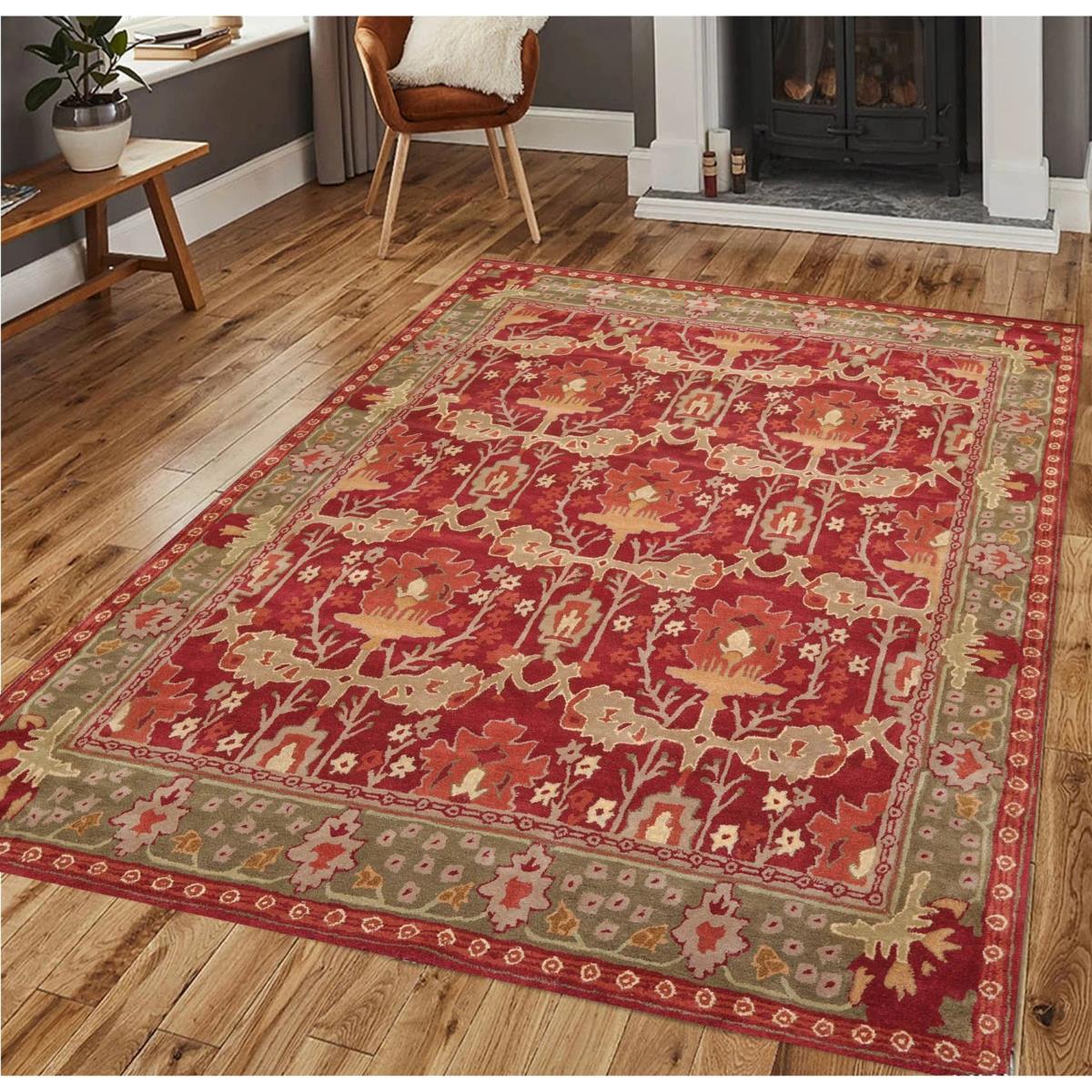
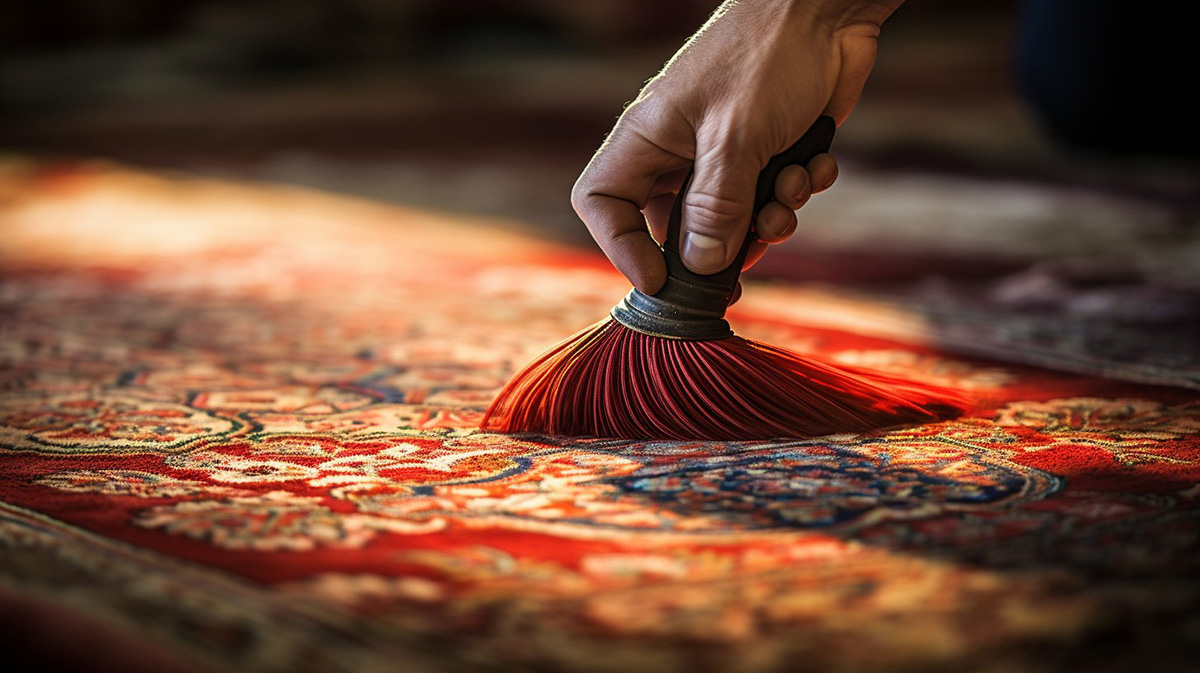
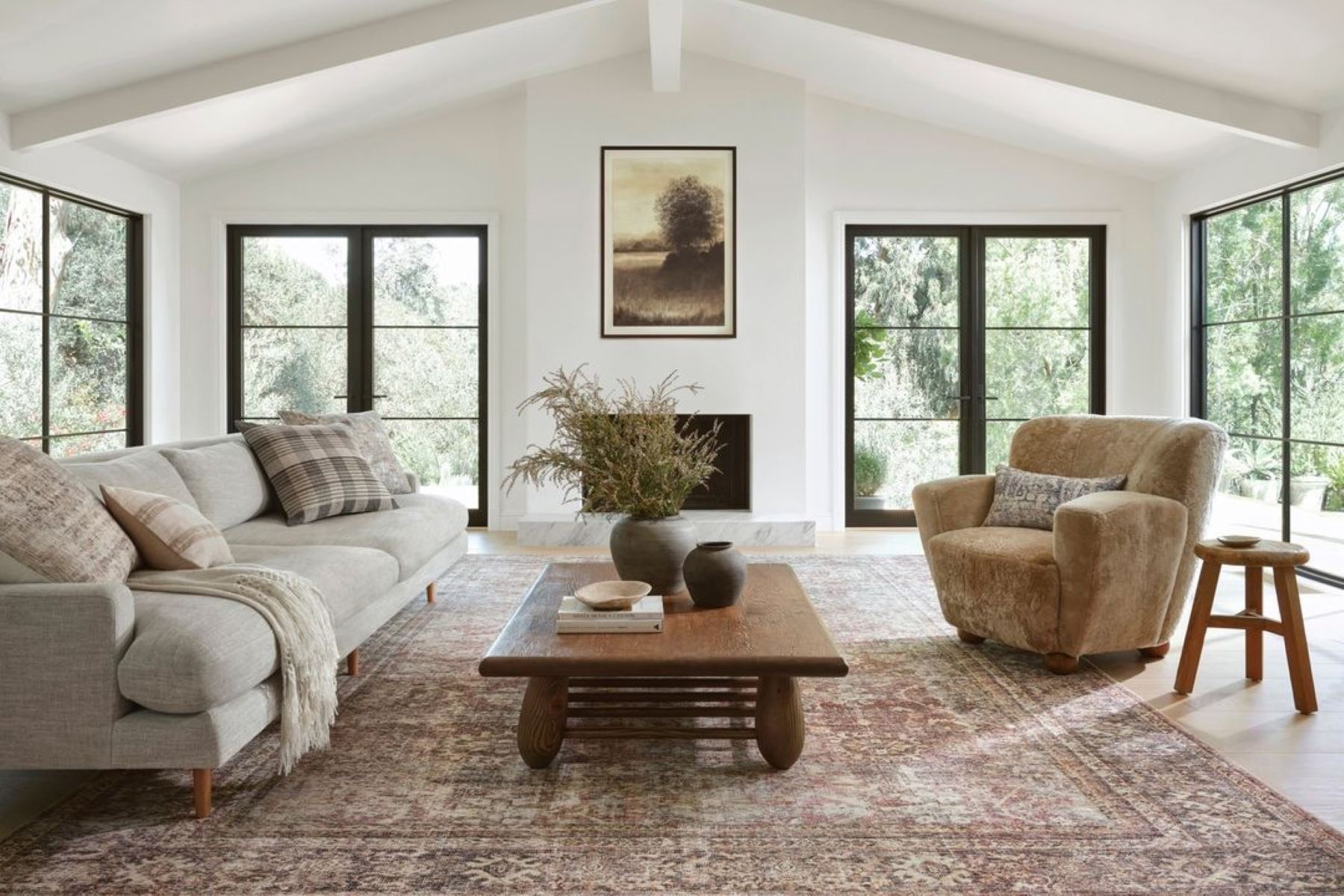
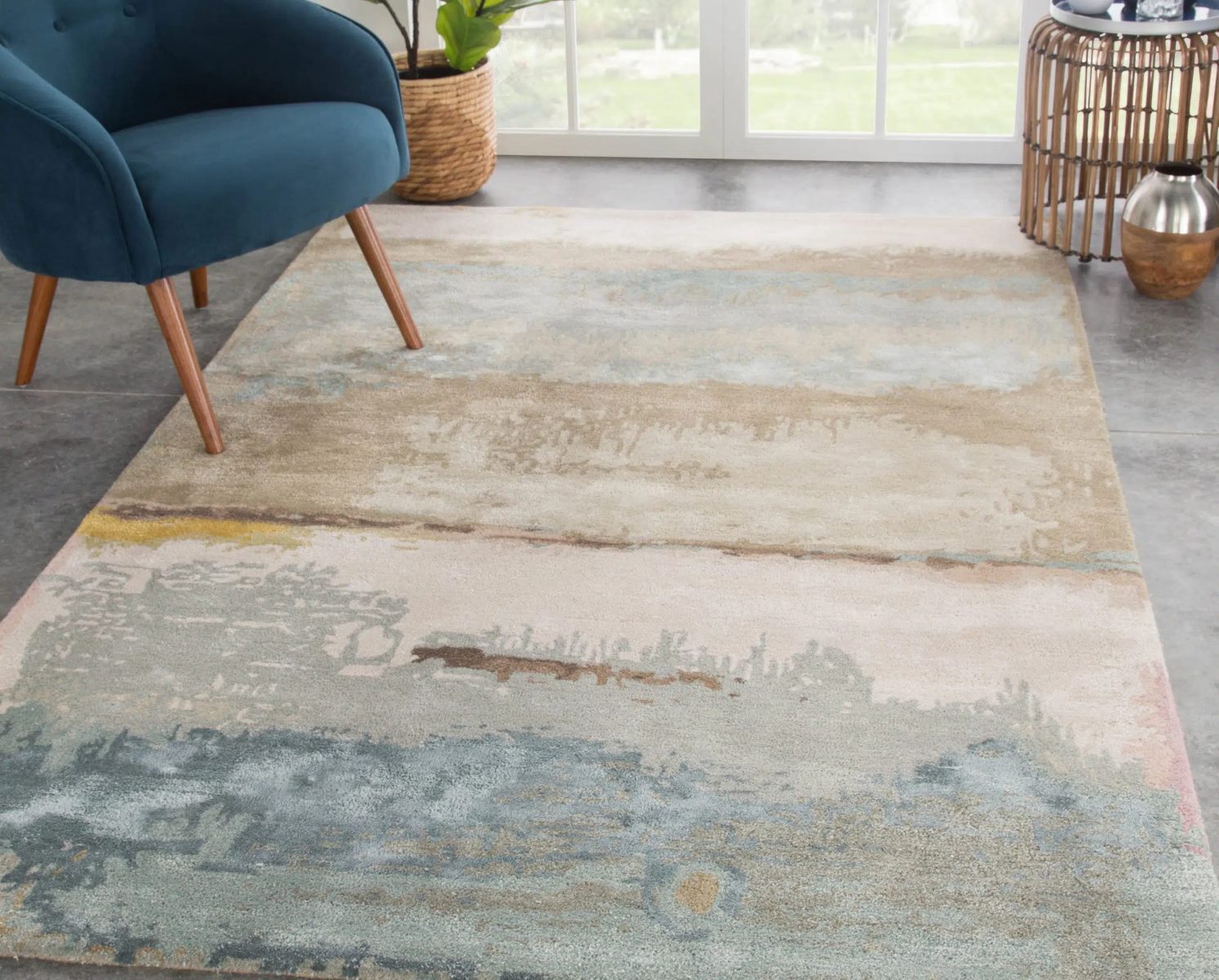
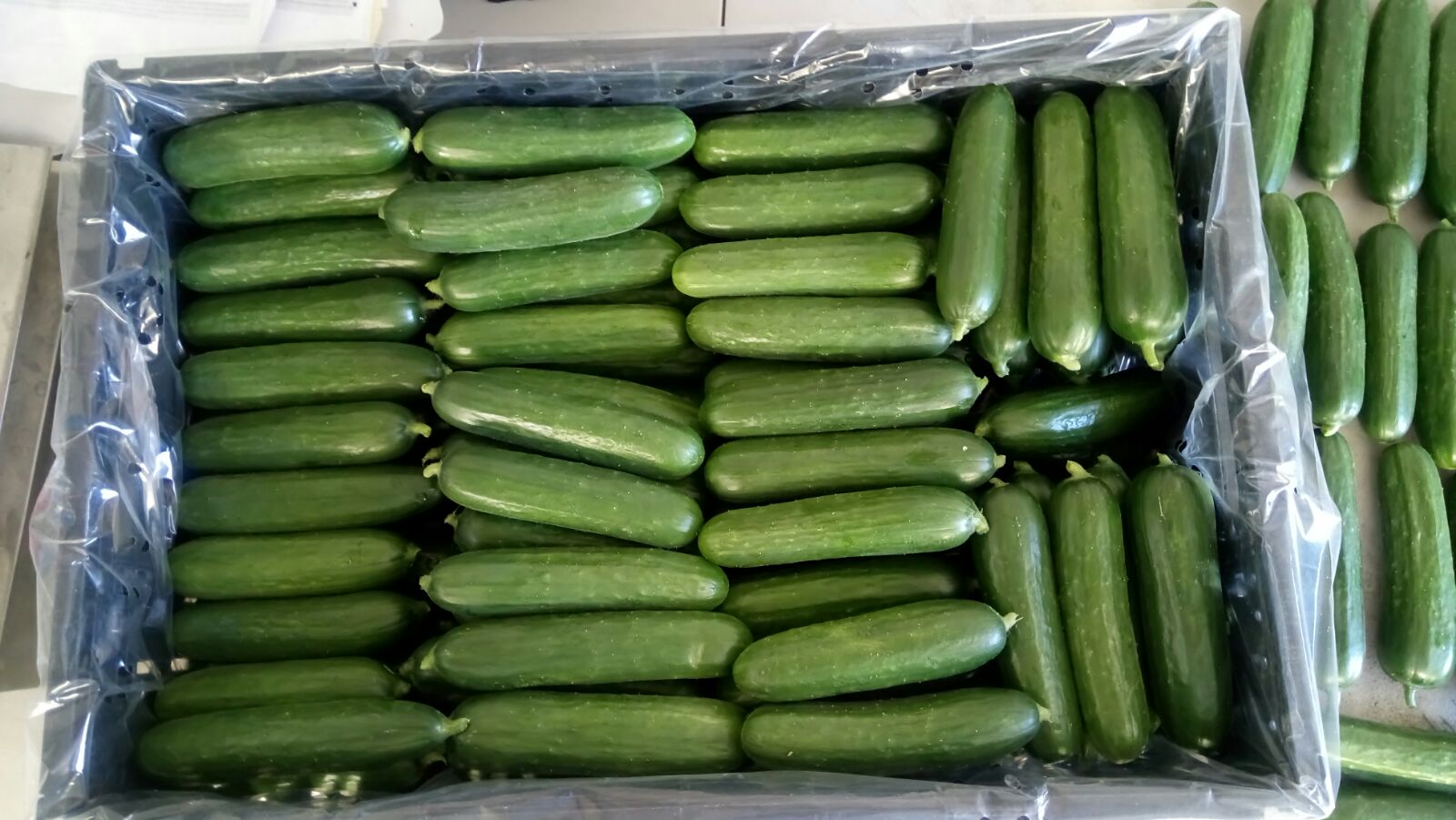
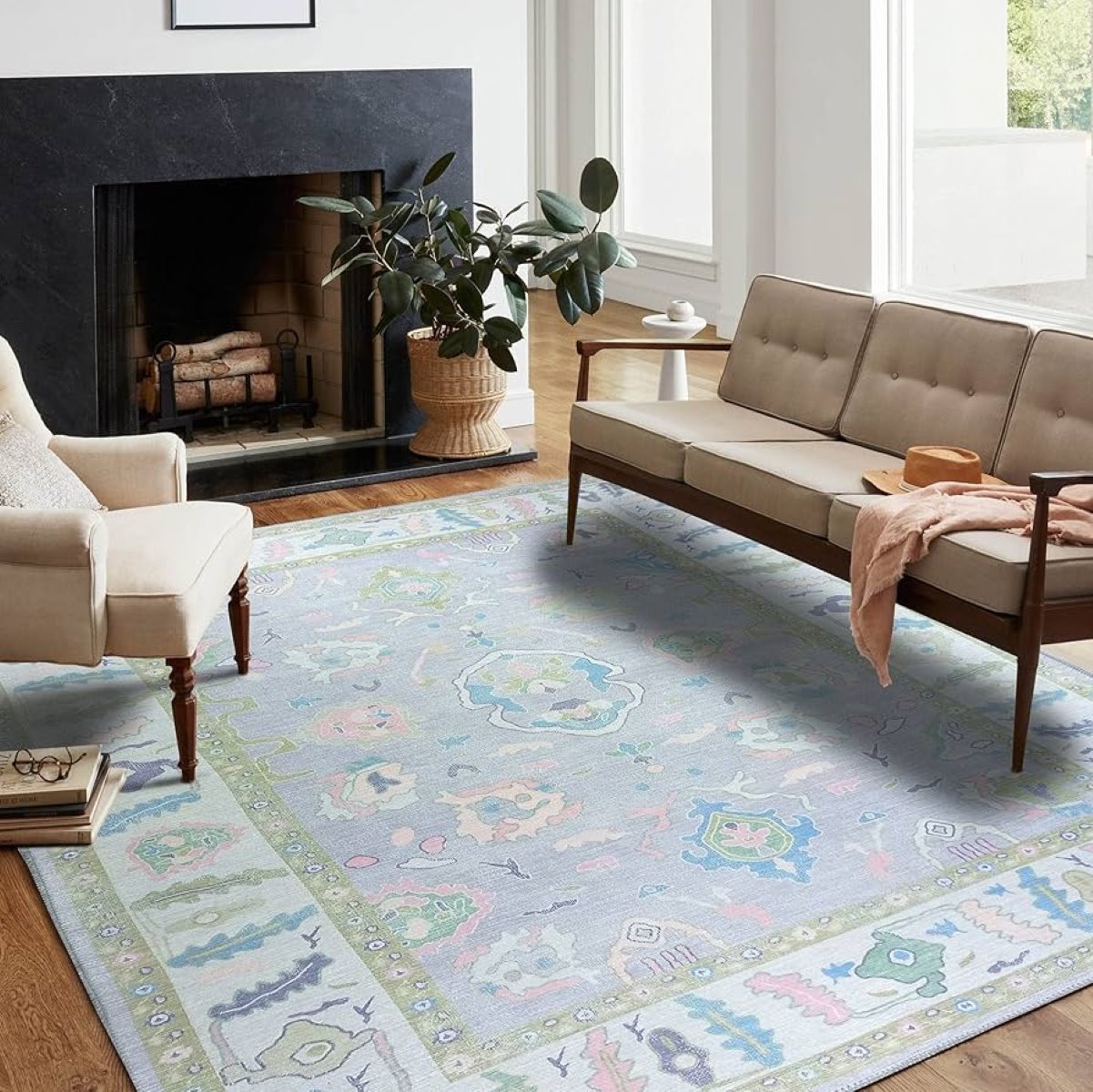

0 thoughts on “What Are Persian Rugs”